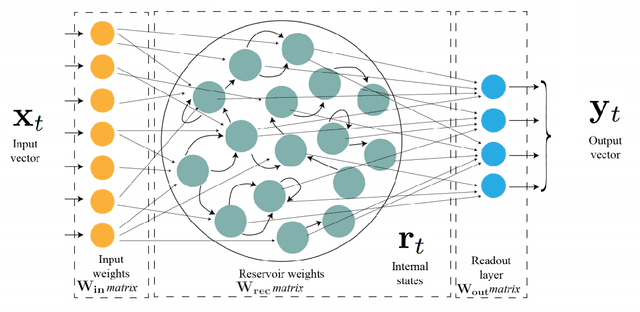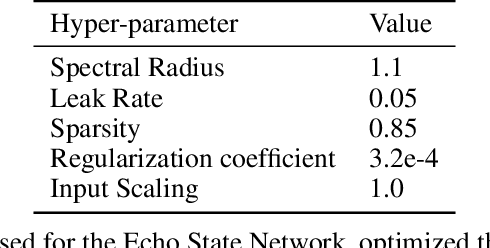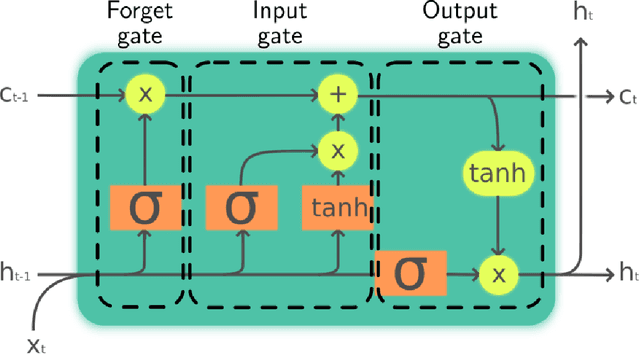Alexandre Variengien
BELLS: A Framework Towards Future Proof Benchmarks for the Evaluation of LLM Safeguards
Jun 03, 2024Abstract:Input-output safeguards are used to detect anomalies in the traces produced by Large Language Models (LLMs) systems. These detectors are at the core of diverse safety-critical applications such as real-time monitoring, offline evaluation of traces, and content moderation. However, there is no widely recognized methodology to evaluate them. To fill this gap, we introduce the Benchmarks for the Evaluation of LLM Safeguards (BELLS), a structured collection of tests, organized into three categories: (1) established failure tests, based on already-existing benchmarks for well-defined failure modes, aiming to compare the performance of current input-output safeguards; (2) emerging failure tests, to measure generalization to never-seen-before failure modes and encourage the development of more general safeguards; (3) next-gen architecture tests, for more complex scaffolding (such as LLM-agents and multi-agent systems), aiming to foster the development of safeguards that could adapt to future applications for which no safeguard currently exists. Furthermore, we implement and share the first next-gen architecture test, using the MACHIAVELLI environment, along with an interactive visualization of the dataset.
Look Before You Leap: A Universal Emergent Decomposition of Retrieval Tasks in Language Models
Dec 13, 2023Abstract:When solving challenging problems, language models (LMs) are able to identify relevant information from long and complicated contexts. To study how LMs solve retrieval tasks in diverse situations, we introduce ORION, a collection of structured retrieval tasks spanning six domains, from text understanding to coding. Each task in ORION can be represented abstractly by a request (e.g. a question) that retrieves an attribute (e.g. the character name) from a context (e.g. a story). We apply causal analysis on 18 open-source language models with sizes ranging from 125 million to 70 billion parameters. We find that LMs internally decompose retrieval tasks in a modular way: middle layers at the last token position process the request, while late layers retrieve the correct entity from the context. After causally enforcing this decomposition, models are still able to solve the original task, preserving 70% of the original correct token probability in 98 of the 106 studied model-task pairs. We connect our macroscopic decomposition with a microscopic description by performing a fine-grained case study of a question-answering task on Pythia-2.8b. Building on our high-level understanding, we demonstrate a proof of concept application for scalable internal oversight of LMs to mitigate prompt-injection while requiring human supervision on only a single input. Our solution improves accuracy drastically (from 15.5% to 97.5% on Pythia-12b). This work presents evidence of a universal emergent modular processing of tasks across varied domains and models and is a pioneering effort in applying interpretability for scalable internal oversight of LMs.
How does GPT-2 compute greater-than?: Interpreting mathematical abilities in a pre-trained language model
Apr 30, 2023Abstract:Pre-trained language models can be surprisingly adept at tasks they were not explicitly trained on, but how they implement these capabilities is poorly understood. In this paper, we investigate the basic mathematical abilities often acquired by pre-trained language models. Concretely, we use mechanistic interpretability techniques to explain the (limited) mathematical abilities of GPT-2 small. As a case study, we examine its ability to take in sentences such as "The war lasted from the year 1732 to the year 17", and predict valid two-digit end years (years > 32). We first identify a circuit, a small subset of GPT-2 small's computational graph that computes this task's output. Then, we explain the role of each circuit component, showing that GPT-2 small's final multi-layer perceptrons boost the probability of end years greater than the start year. Finally, we show that our circuit generalizes to other tasks, playing a role in other greater-than scenarios.
Interpretability in the Wild: a Circuit for Indirect Object Identification in GPT-2 small
Nov 01, 2022Abstract:Research in mechanistic interpretability seeks to explain behaviors of machine learning models in terms of their internal components. However, most previous work either focuses on simple behaviors in small models, or describes complicated behaviors in larger models with broad strokes. In this work, we bridge this gap by presenting an explanation for how GPT-2 small performs a natural language task called indirect object identification (IOI). Our explanation encompasses 26 attention heads grouped into 7 main classes, which we discovered using a combination of interpretability approaches relying on causal interventions. To our knowledge, this investigation is the largest end-to-end attempt at reverse-engineering a natural behavior "in the wild" in a language model. We evaluate the reliability of our explanation using three quantitative criteria--faithfulness, completeness and minimality. Though these criteria support our explanation, they also point to remaining gaps in our understanding. Our work provides evidence that a mechanistic understanding of large ML models is feasible, opening opportunities to scale our understanding to both larger models and more complex tasks.
Towards self-organized control: Using neural cellular automata to robustly control a cart-pole agent
Jul 12, 2021



Abstract:Neural cellular automata (Neural CA) are a recent framework used to model biological phenomena emerging from multicellular organisms. In these systems, artificial neural networks are used as update rules for cellular automata. Neural CA are end-to-end differentiable systems where the parameters of the neural network can be learned to achieve a particular task. In this work, we used neural CA to control a cart-pole agent. The observations of the environment are transmitted in input cells, while the values of output cells are used as a readout of the system. We trained the model using deep-Q learning, where the states of the output cells were used as the Q-value estimates to be optimized. We found that the computing abilities of the cellular automata were maintained over several hundreds of thousands of iterations, producing an emergent stable behavior in the environment it controls for thousands of steps. Moreover, the system demonstrated life-like phenomena such as a developmental phase, regeneration after damage, stability despite a noisy environment, and robustness to unseen disruption such as input deletion.
A journey in ESN and LSTM visualisations on a language task
Dec 13, 2020



Abstract:Echo States Networks (ESN) and Long-Short Term Memory networks (LSTM) are two popular architectures of Recurrent Neural Networks (RNN) to solve machine learning task involving sequential data. However, little have been done to compare their performances and their internal mechanisms on a common task. In this work, we trained ESNs and LSTMs on a Cross-Situationnal Learning (CSL) task. This task aims at modelling how infants learn language: they create associations between words and visual stimuli in order to extract meaning from words and sentences. The results are of three kinds: performance comparison, internal dynamics analyses and visualization of latent space. (1) We found that both models were able to successfully learn the task: the LSTM reached the lowest error for the basic corpus, but the ESN was quicker to train. Furthermore, the ESN was able to outperform LSTMs on datasets more challenging without any further tuning needed. (2) We also conducted an analysis of the internal units activations of LSTMs and ESNs. Despite the deep differences between both models (trained or fixed internal weights), we were able to uncover similar inner mechanisms: both put emphasis on the units encoding aspects of the sentence structure. (3) Moreover, we present Recurrent States Space Visualisations (RSSviz), a method to visualize the structure of latent state space of RNNs, based on dimension reduction (using UMAP). This technique enables us to observe a fractal embedding of sequences in the LSTM. RSSviz is also useful for the analysis of ESNs (i) to spot difficult examples and (ii) to generate animated plots showing the evolution of activations across learning stages. Finally, we explore qualitatively how the RSSviz could provide an intuitive visualisation to understand the influence of hyperparameters on the reservoir dynamics prior to ESN training.
 Add to Chrome
Add to Chrome Add to Firefox
Add to Firefox Add to Edge
Add to Edge